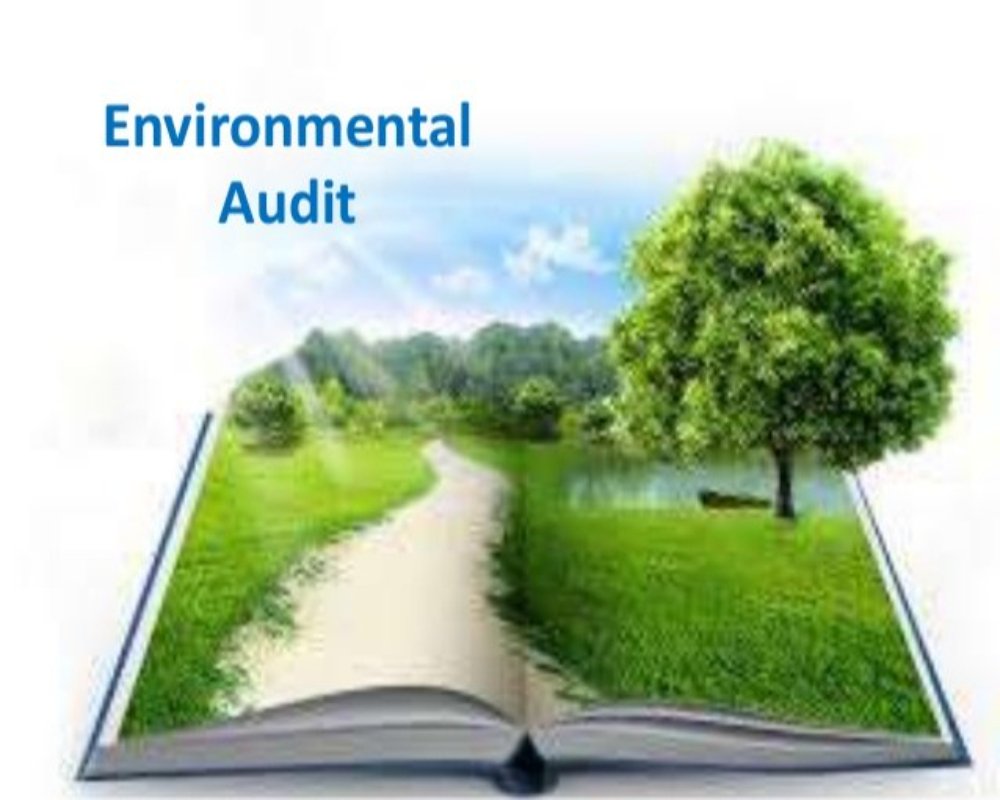The state has mandated that an environmental audit must be completed before any revision of commercial land values, introducing a new layer of compliance to ensure sustainable urban development. Authorities will now assess the environmental impact, ecological risk, and pollution control measures linked to each land parcel as part of the valuation process. Only plots that meet specific environmental benchmarks will be considered for full or premium guidance value revisions. This initiative aims to integrate environmental responsibility into the financial ecosystem of real estate. It reflects a growing recognition that sustainability and land value are intrinsically connected.
The environmental audit will evaluate criteria such as air and water quality management, waste disposal systems, green cover initiatives, and adherence to approved environmental norms. Parcels with unresolved environmental violations or high pollution footprints may face delayed or reduced guidance rate adjustments. Developers and landowners must now prioritize environmental compliance early to maintain or enhance property valuations. In addition, properties with strong eco-compliance profiles could gain access to faster approvals, tax benefits, and financing advantages. This process ensures that commercial land development aligns with long-term ecological health objectives.
This policy shift signals a strategic evolution in real estate governance where environmental stewardship becomes a valuation driver, not just a regulatory formality. By embedding environmental audits into land value decisions, governments aim to encourage responsible development, reduce ecological degradation, and attract ESG-conscious investors. It also gives buyers and developers a clear incentive to factor environmental risks into their project planning and execution. Over time, this approach will create cleaner, more resilient commercial hubs that support both economic and environmental sustainability. Environmental audits are now a cornerstone of future commercial land valuation frameworks.


